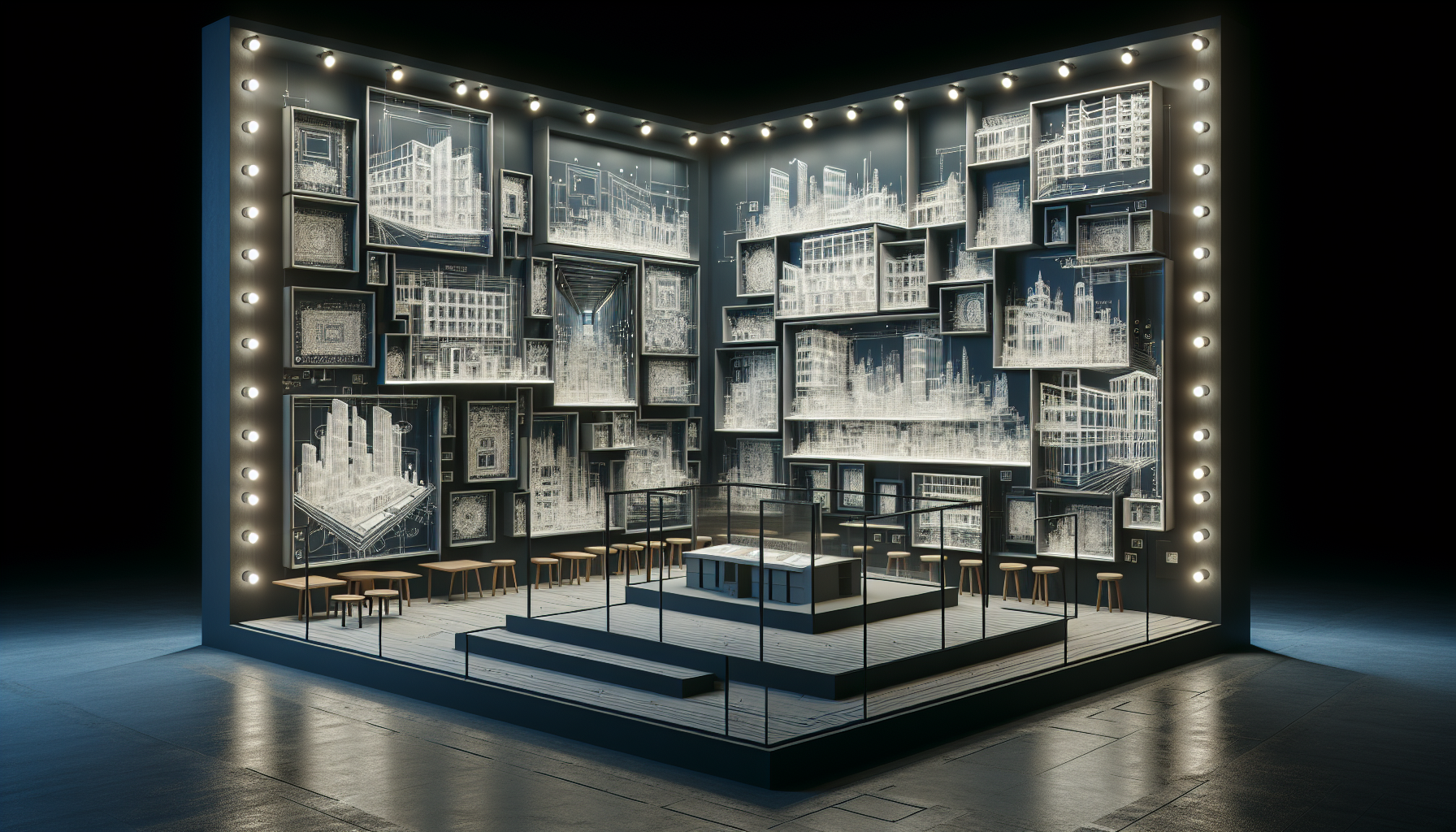Imagine walking into a showroom. Not just any showroom, but a showroom for buildings. You’re greeted by sleek screens, interactive floorplans, and no pressure from salespeople. This isn’t a spaceship dealership—it’s the future of how we could sell buildings. Asking “what if you could sell buildings like Tesla sells cars?” isn’t about electric powertrains or autopilot; it’s about designing the whole experience to delight, to simplify, and to align incentives with buyers.
Turn One: Obsession with the Experience
Walk into a Tesla store and you experience theatre. Clean surfaces, digital configurators, test drives lined up outside. The vehicle isn’t sold today—it’s shown, explained, felt. When you sell buildings like Tesla, the site tour becomes a cinematic event. Instead of dusty hard hats and dusty brochures, imagine walkthroughs with AR overlays that show sunlight at different hours, simulate furniture arrangements, or even AI-generated customization proposals on the fly.
Sell buildings like Tesla by capturing imagination. Use light, space, and storytelling. Treat each unit as a theater, each prospect as a guest. In that moment, they don’t just buy walls—they buy a vision of life inside those walls.
Turn Two: Radical Transparency & Fair Pricing
Tesla’s no-negotiation policy: the price is the price, and you either accept it or walk away. It’s bold. It builds trust, removes friction, and makes people feel respected. Now, consider selling buildings like Tesla: channel tube boards list construction costs, developer margins, land acquisition breakdowns. Let buyers see where their money goes.

Yes, there will be pushback. Some argue negotiation creates value. But when you sell buildings like Tesla, value becomes clear. Buyers are empowered. They don’t haggle—they decide. And that decision is based on clarity, not emotion. Transparency becomes your strongest competitive weapon.
Turn Three: Online-First, Seamless Funnel
Tesla begins and often completes the sale online. Customers configure, place orders, schedule delivery—all from home. That’s frictionless. They integrated financing, trade‑ins, charging installation support—everything in one streamlined flow.
If you sold buildings like Tesla, your site and your process would be one unified platform. Digital 3D tours, mortgage calculators tied to live rates, online reservation and e‑signing, integration with relocation services and interior design partners. No waiting. No back‑and‑forth between broker, lawyer, mortgage provider. Just continuous progress from curiosity to contract.
Turn Four: Direct‑to‑Customer Distribution & Service
Tesla bypassed the traditional dealership model. They own the stores or work through curated galleries. That cuts middlemen and ensures brand consistency.

So, what if you sold buildings like Tesla? Developers could own branded leasing and sales centers—architectural galleries, not mini sales offices. After purchase, buyers expect service: welcome kits, building orientation events, post‑move support. A concierge hotline for everything from decorating advice to utility setup. The building isn’t just a product; it’s a living relationship.
Turn Five: Evoking Emotion, Not Just Investment
Tesla rarely sells on specs alone. It sells your place in a movement—electric future, performance, even rebellion. Their marketing doesn’t list MPG; it evokes pride.
Similarly, when you sell buildings like Tesla, you don’t market square footage. You sell alignment with a lifestyle—community, wellness, purpose. Feature rooftop gardens at sundown, AI‑powered home features that respond to your mood, community events that connect neighbors. Let buyers feel they’re choosing more than a home—they’re choosing a statement.
Resolution: The Dealership of Architecture
The logic is clear: auto retailing has evolved. Car buyers expect Tesla‑level ease. Real‑estate buyers deserve the same. Selling buildings like Tesla means reimagining every touchpoint: the showroom, the pricing, the site, the service.

This isn’t fantasy. A few proptech startups are already experimenting: VR sales centers, transparent crowdfunding of pre‑construction, digital concierge platforms. But most developers still rely on brokers, print ads, opaque pricing.
If you want to lead, ask yourself: How can you sell buildings like Tesla? How do you radically simplify buying, bake transparency into your model, own your experience, and evoke that flash of ideological intensity that Tesla buyers describe when they talk about their cars?
It starts not with electric motors, but with electric experiences. If you treat buildings more like tech—iterating fast, collecting feedback, removing friction—you turn real estate into a product people don’t just buy, but believe in. And maybe, just maybe, they’ll sell themselves.
Reflection: Selling buildings like Tesla isn’t mimicry, it’s mindset. It’s choosing to obsess over the buyer’s journey, not just the bottom line. It’s offering clarity where there was obfuscation. It’s treating architecture as theater, service as relationship, and real estate as a movement. That’s not a sales tactic—it’s a redefinition of what it means to sell space.

In the end, the question isn’t whether you can sell buildings like Tesla. The question is whether you can sell buildings at all—if the old model keeps your buyers buried in paperwork, confusion, and disappointment. Maybe the future belongs to the builders who aren’t afraid to ask themselves: “What if?”






